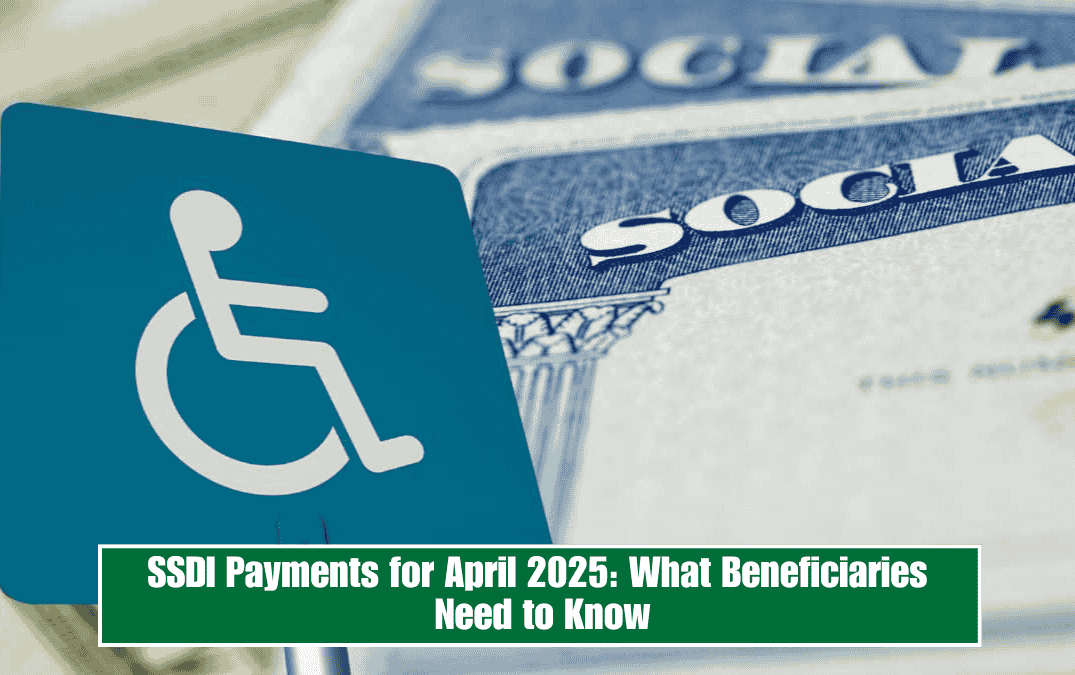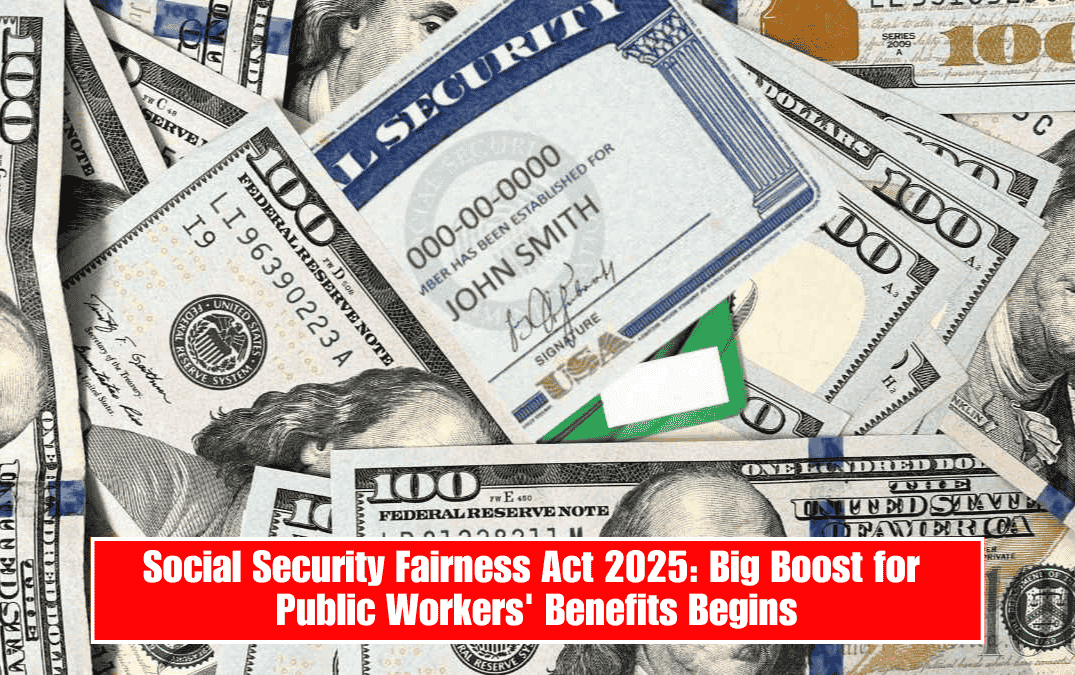In the United States, Social Security is a government program that gives monthly payments to retired workers. These payments are managed by the Social Security Administration (SSA). How much a person gets depends mainly on their work history and the age at which they retire. As 2025 approaches, many people who plan to retire at 67 will see changes in their benefits depending on when they were born, inflation, and how long they delay retirement.
What Is Full Retirement Age (FRA)?
Full Retirement Age (FRA) is the age when a person can start getting their full Social Security benefits. For people born in 1958, the FRA is 66 years and 8 months. If someone waits until they are 67 to retire, they’ll receive a bonus for delaying retirement by 4 months. This delay gives them about 2.67% more money each month. The SSA calculates this using a small increase of about 0.67% for each month after reaching the FRA.
Maximum Social Security Benefit in 2025
Not everyone gets the same Social Security amount. The maximum benefit for those reaching their FRA in 2025 is $4,018 per month. But this is only for those born in 1960 or later. For people born in 1958, the top monthly benefit is around $3,924. This is slightly less because of how the system adjusts benefits for people who delay their retirement a little differently.
To get the maximum benefit, a person needs to work for at least 35 years and earn high wages every year, reaching the maximum taxable income. In 2025, that amount is $168,600 per year. The SSA uses a formula that takes past wages and adjusts them for inflation. For 2025, there’s a 2.5% increase due to the cost of living adjustment (COLA), which raises average monthly payments from $1,927 to about $1,976.
Benefits of Delaying Retirement
People who wait to retire after their FRA can earn more money. This extra amount is called a delayed retirement credit. For example, someone born in January 1958 reaches FRA in September 2024. If they delay their retirement to January 2025, they’ll get $3,924 per month instead of the 2024 maximum of $3,822. That’s a 2.67% increase just for waiting four extra months.
Example: How Delaying Retirement Changes Monthly Benefits
Let’s look at an example of a worker named George (imaginary name). He is thinking about when to start taking his Social Security payments.
If George retires at age 62 (the earliest age allowed), he will get $1,500 per month. This amount is lower because he is retiring before his FRA, which is age 67 for those born in 1960 or later.
If George waits until he is 63, his monthly benefit goes up to $1,608 — that’s a 7.2% increase. At 64, he gets $1,716. At 65, the amount increases to $1,824. By age 66, he would receive $1,932.
When George reaches 67, his full retirement age, he’ll get his full benefit: $2,040 per month. If he keeps working past that, his benefit continues to increase by 8% each year. So, at age 68, his monthly check becomes $2,203, at 69 it becomes $2,367, and if he waits until age 70, he will get $2,530 per month.
That final amount is about 68% more than what he would get if he retired at age 62.
In 2025, Social Security benefits will continue to depend on how long someone works and when they decide to retire. Delaying retirement beyond the full retirement age can give people a lot more money each month.
By understanding how these benefits work — including how work history, inflation, and age affect payments — retirees can make smarter choices and plan for a better financial future.
For anyone nearing retirement, it’s a good idea to check their personal Social Security statement and speak to a financial advisor to make the best decision.















